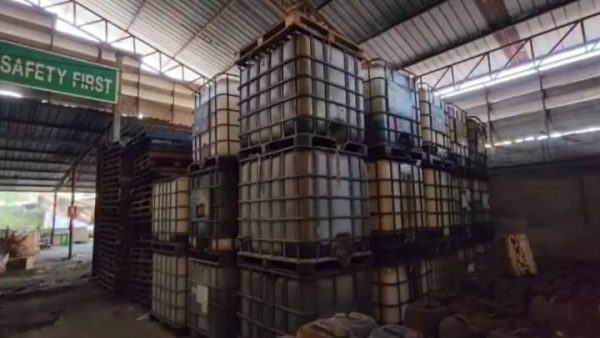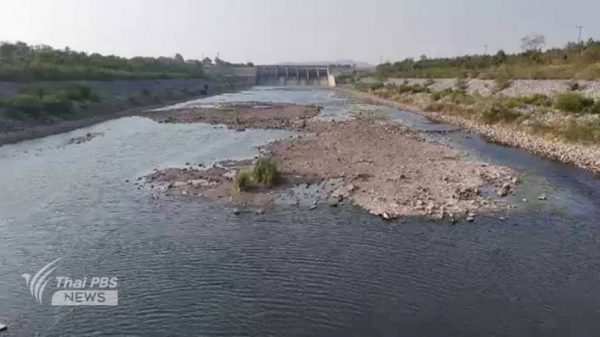Is the massive “land bridge” project worth the trillion baht investment?

One of the mega projects being inherited by the new government from the Prayut administration is the land bridge, intended to facilitate the movement of cargo containers and oil from the Andaman Sea to the Gulf of Thailand and to destinations beyond Thailand, as an alternative to the busy Strait of Malacca.
The Prayut administration has painted a rosy picture of this mega project, a new alternative to the Kra Canal project, which has laid dormant for several decades. It hopes that construction of the project can commence in 2025 and be completed in four years.
Opponents of the project, especially among conservationist groups, have doubts that it is worth the massive investment, estimated at about one trillion baht, and question from where the investment money will come.
The land bridge will link Ranong province on the Andaman coast to Chumphon on the coast of the Gulf of Thailand. The distance between the two points is about 90km, to be connected by a six-lane highway and dual-track railway. There will be two deep-sea ports, in Ranong and Chumphon, with cargo terminals and oil depots to receive oil from tankers from the Andaman Sea. The oil will be pumped through a pipeline to depots in Chumphon, on the other coast, for shipment to destinations beyond Thailand.
This new route will bypass the Singapore port and the Strait of Malacca, which is expected to become even more congested in the future. The route will also shorten the travel time through the Strait of Malacca from nine to five days.
According to the government’s claims, when completed this project is expected to increase the annual GDP contribution of southern Thailand to about 10%, from 2% currently, for ten consecutive years at least, creating an economic value estimated at approximately 500 billion baht annually. It will also create many more jobs for southerners.
The chosen sites for the construction are Laem Riew in Chumphon and Laem Ao Ang in Ranong, as they are deemed suitable for the construction of deep-sea ports.
The two seaports are expected each to handle about 20 million TEU (twenty-foot equivalent units) or 20 million cargo containers per year.
Funding for the construction is expected to be raised from the private sector, both domestically and from countries which are expected to benefit from this project.
Citing an assessment by the Maritime Institute of Malaya, the Strait of Malacca will be able to handle at most 122,000 vessels a year and the ship movement will get slower as vessels increase. Currently, approximately 85,000 vessels pass through the strait each year.
Environmental conservation groups in Thailand have, however, raised serious concerns about the impacts of the project on the environment, tourism and fishing industries in southern provinces, where tourism is a major source of revenue.






